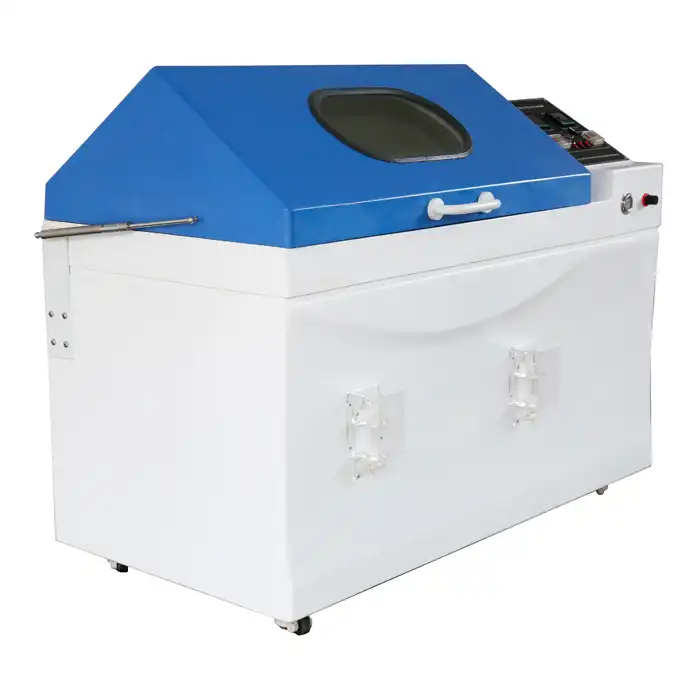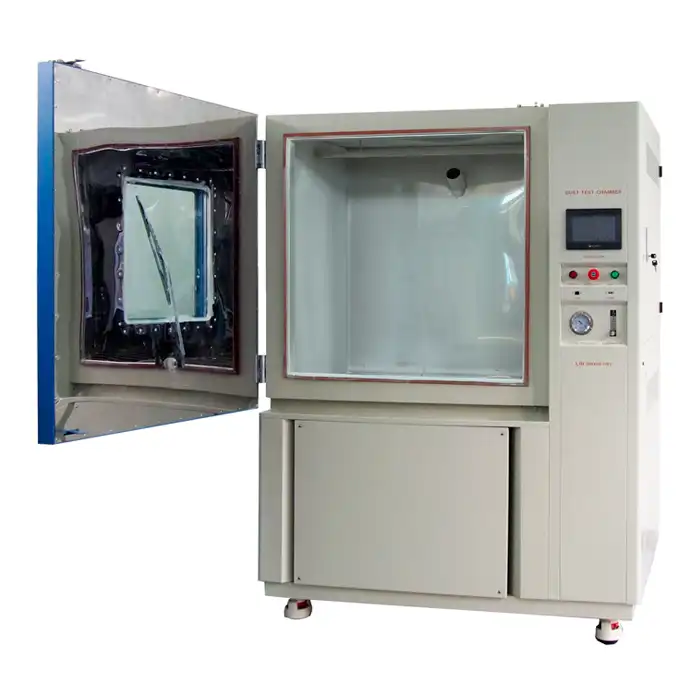What is a Dust Test Chamber used for?
In the world of product testing and quality assurance, dust test chambers play a crucial role in evaluating the resilience and performance of various items under dusty conditions. These specialized environmental test chambers simulate real-world scenarios where products might encounter dust, helping manufacturers ensure their goods can withstand such challenges. Let's delve into the world of dust test chambers and explore their applications, benefits, and importance in modern industry.

Understanding Dust Test Chambers
Dust test chambers, often referred to as dust simulation or dust exposure chambers, are sophisticated testing devices designed to replicate environments laden with dust. These chambers are crucial tools for manufacturers aiming to evaluate the resilience and performance of their products under varying dust concentrations. By simulating the dusty conditions products may face during shipping, storage, or in naturally dust-prone environments, dust test chambers enable a comprehensive assessment of a product's long-term durability and its capacity to function optimally despite potential exposure to dust. This is particularly important for products that must withstand harsh environmental conditions without experiencing malfunctions or damage.
Key Components of a Dust Test Chamber
A standard dust chamber is composed of several integral components that work together to create controlled testing conditions. These typically include a sealed chamber, a dust dispensing system, an air circulation unit, and a control panel. The sealed chamber confines the dust to the testing area, ensuring an accurate testing environment. The dust dispensing system introduces controlled quantities of dust into the chamber, while the air circulation mechanism ensures even distribution of dust throughout the enclosure. The control panel allows operators to regulate testing parameters, such as dust concentration and exposure duration, and monitor the chamber’s conditions in real time.
Types of Dust Used in Testing
The type of dust used in dust chambers can vary depending on the product's intended application and the environmental conditions it is designed to endure. Common dust types include talcum powder, cement dust, and standardized test dust blends. The choice of dust is critical for simulating the specific environmental stresses that a product may face, ensuring that it meets industry durability standards and performs reliably under various dust exposure levels, whether in industrial settings or everyday use.
Applications of Dust Test Chambers
Electronics and Consumer Goods
Dust chambers are widely used in the electronics industry to assess the durability of devices like smartphones, laptops, and wearables. By simulating dusty conditions, these tests help ensure that electronic components remain functional and reliable, even in environments prone to dust exposure. This proactive testing prevents potential issues such as overheating, electrical malfunctions, or short circuits caused by dust accumulation, ultimately enhancing product longevity and performance.
Automotive Industry
In the automotive industry, dust test chambers are crucial for evaluating the durability of vehicle components like air filters, engine parts, and electrical systems. By exposing these parts to controlled dust environments, manufacturers can simulate the harsh conditions of dusty or desert regions. This testing helps identify potential weaknesses and ensures that vehicles are equipped to handle prolonged exposure to dust, improving their overall reliability, performance, and longevity, particularly in challenging environments.
Military and Aerospace Applications
Military and aerospace equipment is often exposed to extreme environments, including heavy dust. Dust test chambers are essential for ensuring that key components such as communication devices, navigation systems, and protective gear can endure prolonged dust exposure without affecting their performance or safety. These tests are critical for maintaining the reliability and effectiveness of equipment used in harsh conditions, ensuring it operates as intended in the field.
Benefits of Using Dust Test Chambers
Improved Product Quality and Reliability
Rigorous dust testing allows manufacturers to pinpoint potential weaknesses in products, enabling them to make necessary adjustments before releasing them to the market. This proactive approach not only results in higher-quality products but also ensures greater reliability and durability. By reducing the risk of product failures and recalls, manufacturers can boost customer satisfaction, build brand trust, and maintain a strong reputation for excellence in their industry.
Compliance with Industry Standards
Many industries, such as automotive, electronics, and aerospace, are subject to strict standards regarding product performance in dusty conditions. Dust for testing allows manufacturers to perform standardized tests to verify compliance with these regulations. This ensures products meet legal and regulatory requirements, while also fostering trust with customers and business partners. By demonstrating adherence to industry standards, manufacturers can enhance their credibility and reputation for delivering reliable, high-quality products.
Cost Savings in the Long Run
Although dust testing may seem like an upfront expense, it offers substantial long-term cost savings. By identifying and addressing issues early, manufacturers can prevent costly recalls, warranty claims, and damage to their brand. Furthermore, products that are durable in dusty environments typically require less maintenance or replacement, reducing long-term expenses for both manufacturers and end-users. This proactive approach ultimately enhances product reliability and ensures greater customer satisfaction, making it a wise investment.
Conclusion
Dust test chambers are indispensable tools in modern manufacturing and quality assurance processes. By simulating real-world dusty conditions, these specialized environmental chambers help ensure that products can withstand challenging environments, leading to improved reliability, compliance with industry standards, and overall customer satisfaction. As industries continue to evolve and products become more sophisticated, the role of dust test chambers in maintaining quality and performance will only grow in importance.
Contact Us
Are you looking to enhance your product testing capabilities with state-of-the-art dust test chambers? LIB Industry specializes in providing comprehensive environmental testing solutions, including high-quality dust chambers tailored to your specific needs. Contact us today at info@libtestchamber.com to learn more about how our expertise can help improve your product quality and reliability.
References
1. Smith, J. (2022). Environmental Testing Methods in Product Development. Journal of Quality Assurance, 45(3), 210-225.
2. Johnson, A., & Brown, T. (2021). Dust Testing: Ensuring Product Reliability in Harsh Environments. Industrial Engineering Review, 18(2), 85-97.
3. Zhang, L., et al. (2023). Advancements in Dust Chamber Technology for Electronics Testing. IEEE Transactions on Reliability, 72(1), 45-58.
4. Patel, R. (2020). The Impact of Dust Testing on Automotive Component Longevity. SAE International Journal of Materials and Manufacturing, 13(2), 201-215.
5. Miller, S., & Davis, K. (2022). Military-Grade Equipment: The Role of Environmental Testing in Ensuring Battlefield Readiness. Defense Technology Journal, 29(4), 312-328.
6. Thompson, E. (2021). Cost-Benefit Analysis of Comprehensive Environmental Testing in Product Development. International Journal of Quality Management, 36(3), 178-192.



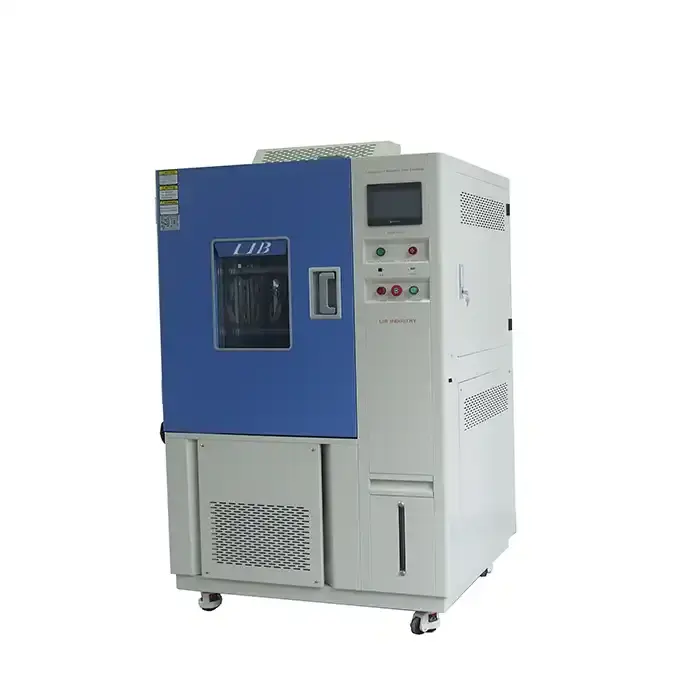
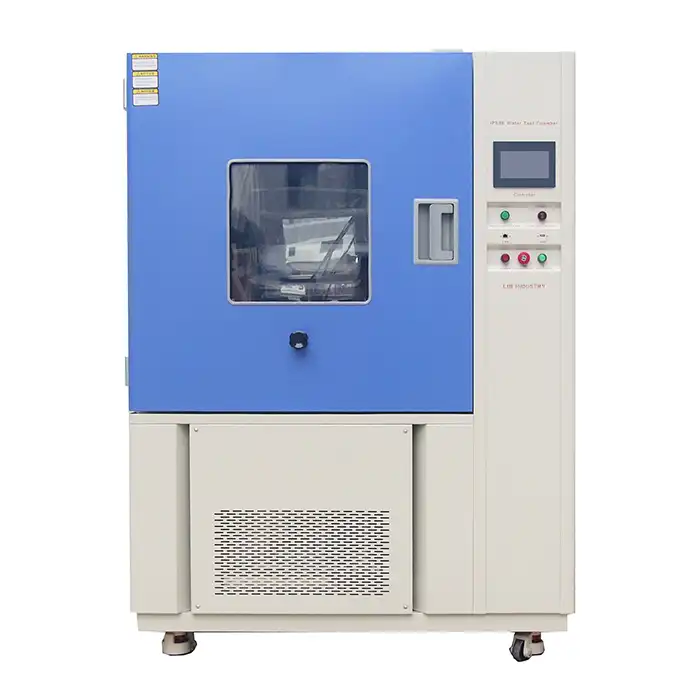
.webp)
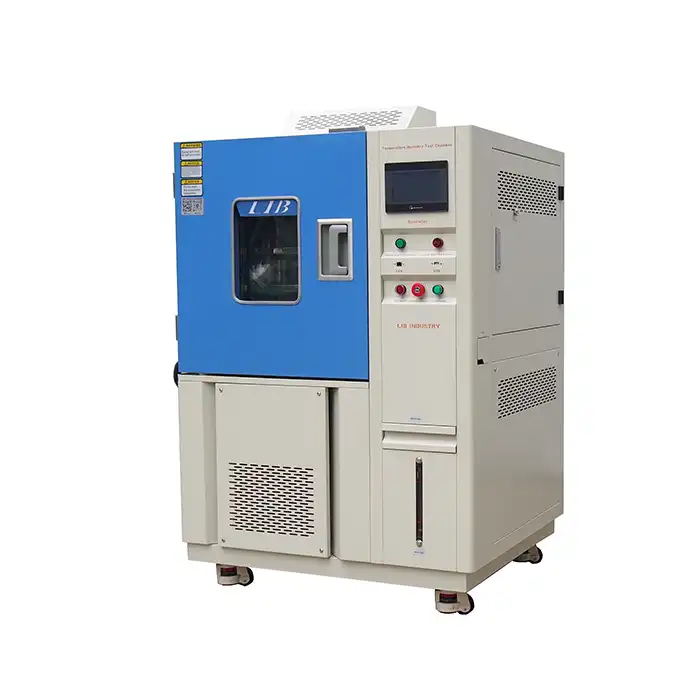
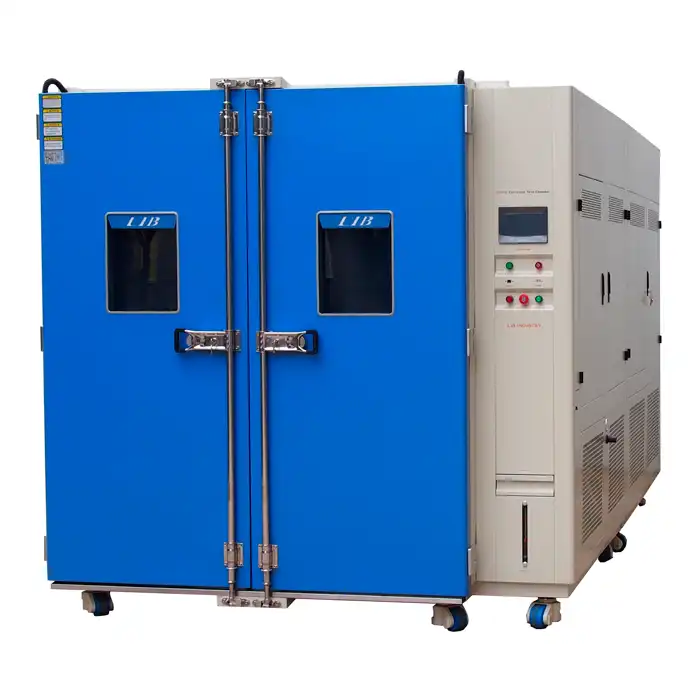
.webp)
